Durham Town Hall
Building In Durham, County Durham
A splendid feast of medieval lookalike architectural delights, and other things.
You may have visited Durham Market Place and noticed the Town Hall standing in the northwest corner of Durham Market Place with the Church of St Nicholas at a right angle. Just next to it is the Guild Hall. Lots of fabulous buildings packed into a small area.
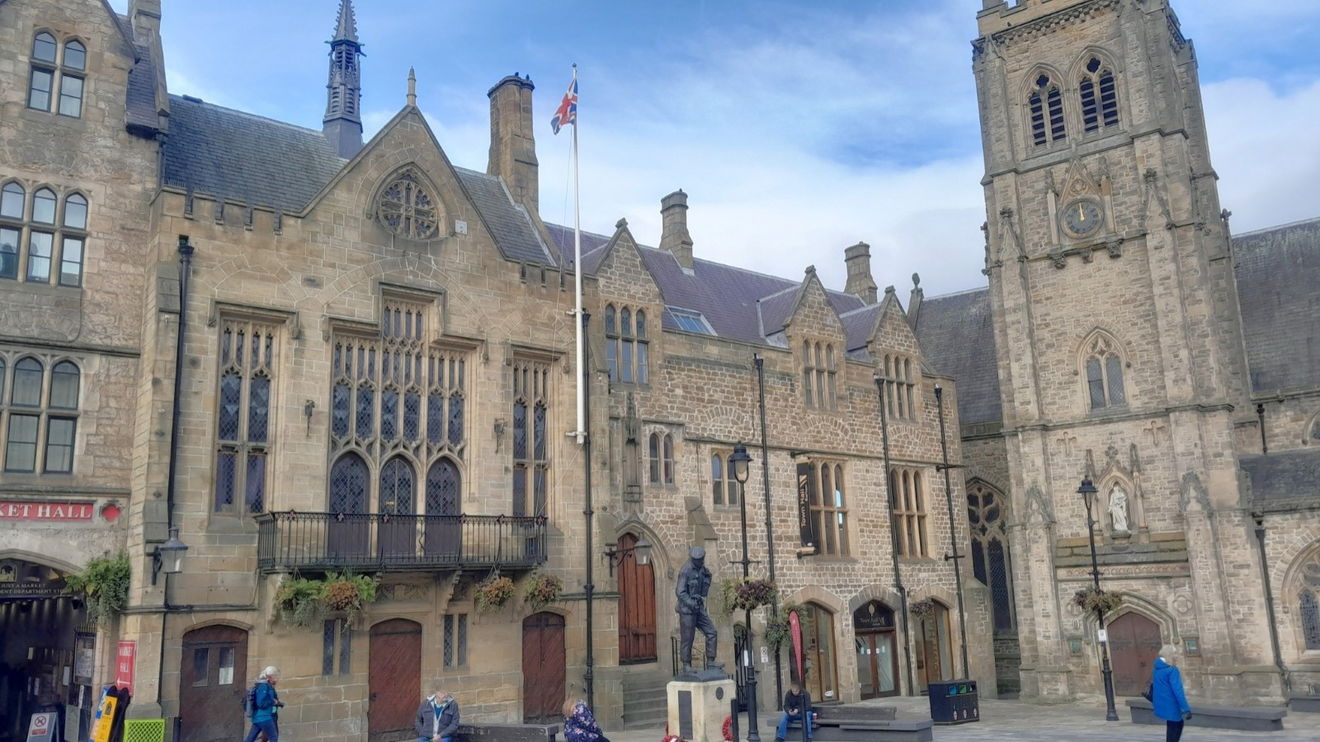
Although Durham is now a city the Town Hall keeps its name.
Look up and you will not be disappointed. The roof is graduated Lakeland slate and is steeply pitched. It has a tall crocketed spirelet (ornate leafy bits on the ventilation outlet) and the chimneys are coped ashlar and of an oval shape. Below the coped gable is a round stained glass window which we will see from the inside later on.
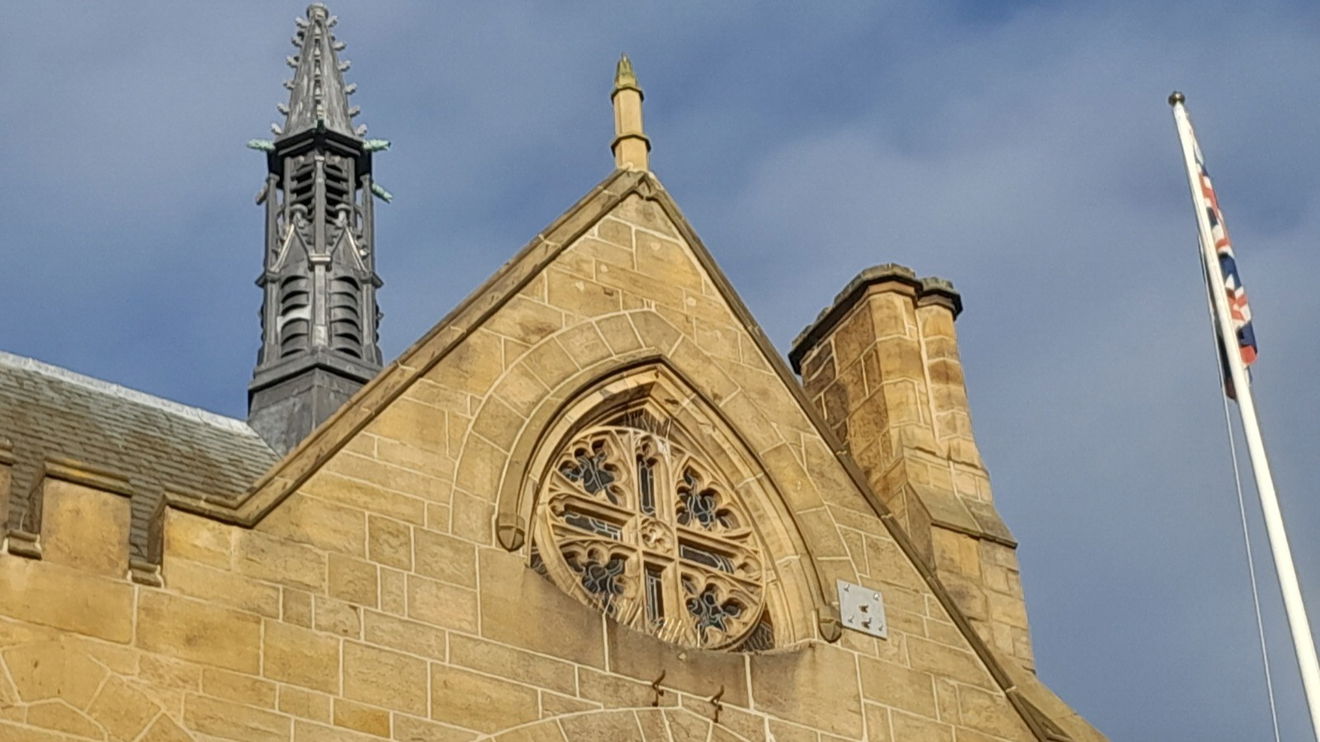
The Guild Hall dates to 1356. A stone building was commissioned by Bishop Cuthbert Tunstall in 1535 during Henry VIII's reign. Bishop Turnstall was friends with Sir Thomas More, but kept his head down when it came to the reformation. After the Scottish incursions, the hall was rebuilt in 1640.
In 1665 Bishop John Cosin commissioned this Guild Hall.
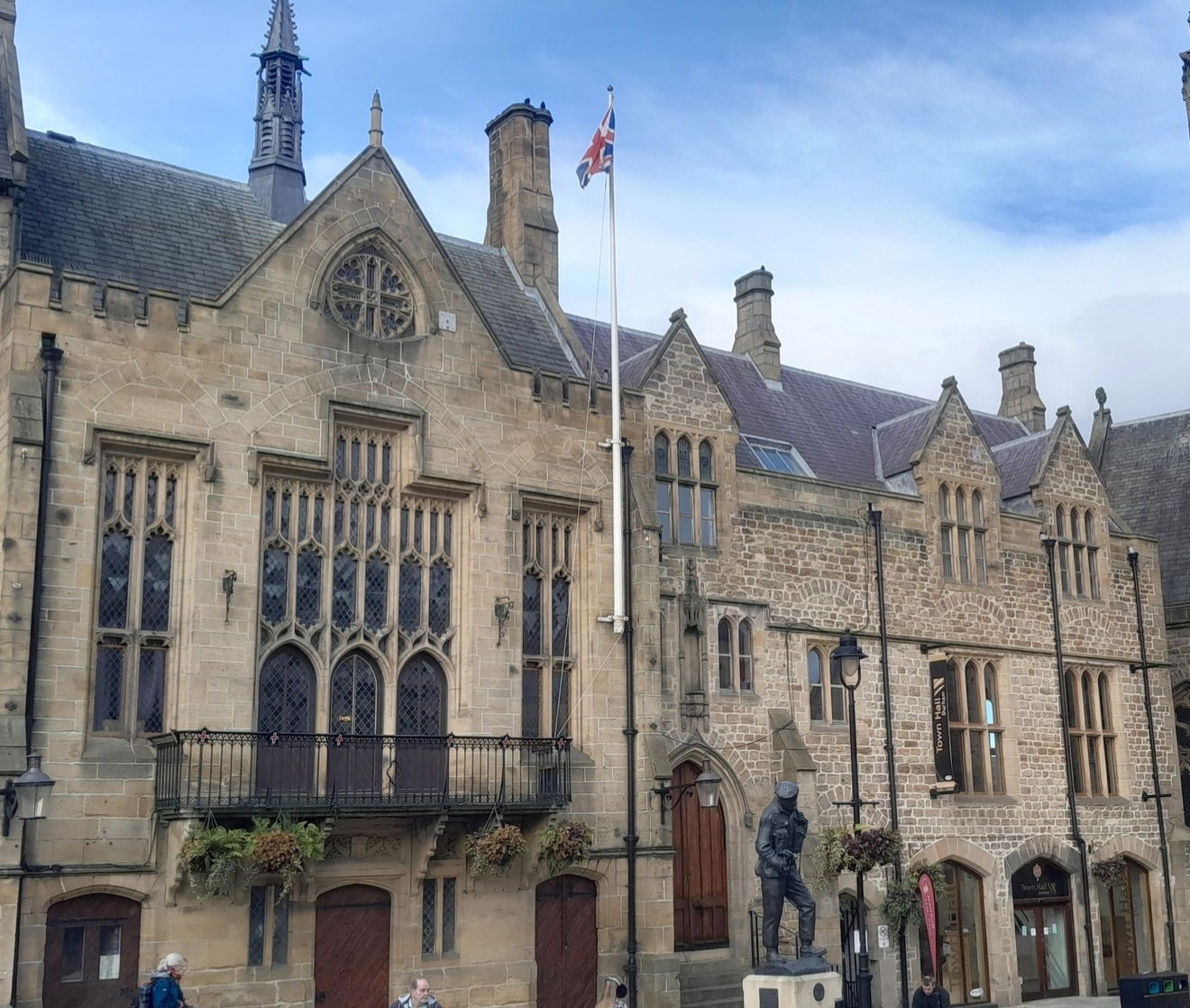
From 1849 to 1851 the front was remodelled and the balcony was added. The doors are styled as Tudor arched with chamfered surrounds. This is the work of Philip Charles Hardwick (1822 to 1892) who came from a family of architects and was according to my maths not yet 30 years old.
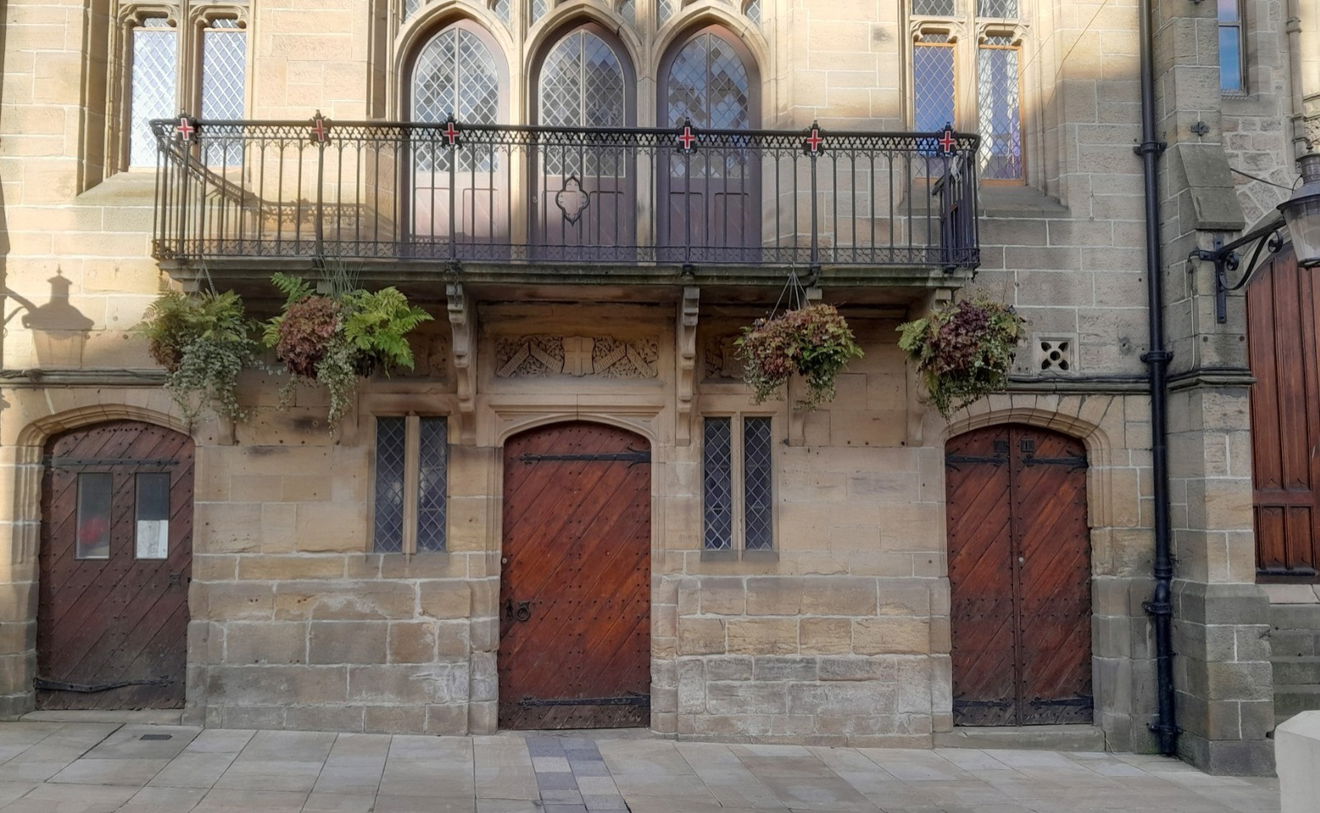
The Town Hall is built on the site of a house that belonged to the Neville Family of Castle Raby fame, who had all their possessions confiscated, due to their part in the 1569 Northern Rebellion against Elizabeth I.
The house was then used as a workhouse, a carpet factory, and the Blue Coat School before eventually being replaced by the Town Hall. The front of the building is tailored in the Perpendicular Gothic style with notable large windows with tracery. The stonework is coursed sandstone with ashlar dressing. Hadwick's Town Hall, Market Hall, and the Market Tavern all exude a tasteful style.
Mr William Lloyd Wharton (1789 to 1867) of Wharton Park fame instigated the Market which was opened in 1852. It adjoins the Guild Hall/Town Hall and even had space underneath the Town Hall. There will be more about the Market Hall in another post.

Let's go Inside. My thanks go to Leigh who kindly gave me a tour and with a remit of 'obscure, quirky or interesting' this guide did that with aplomb.
From the reception area, we first went to the Lantern Room which is aptly named. Let me enlighten you! The marvelous glass ceiling light was an addition in 2008 and looks like Art Deco/Nouveau. Leigh said that if you stand in the middle and sing you can cause an echo.
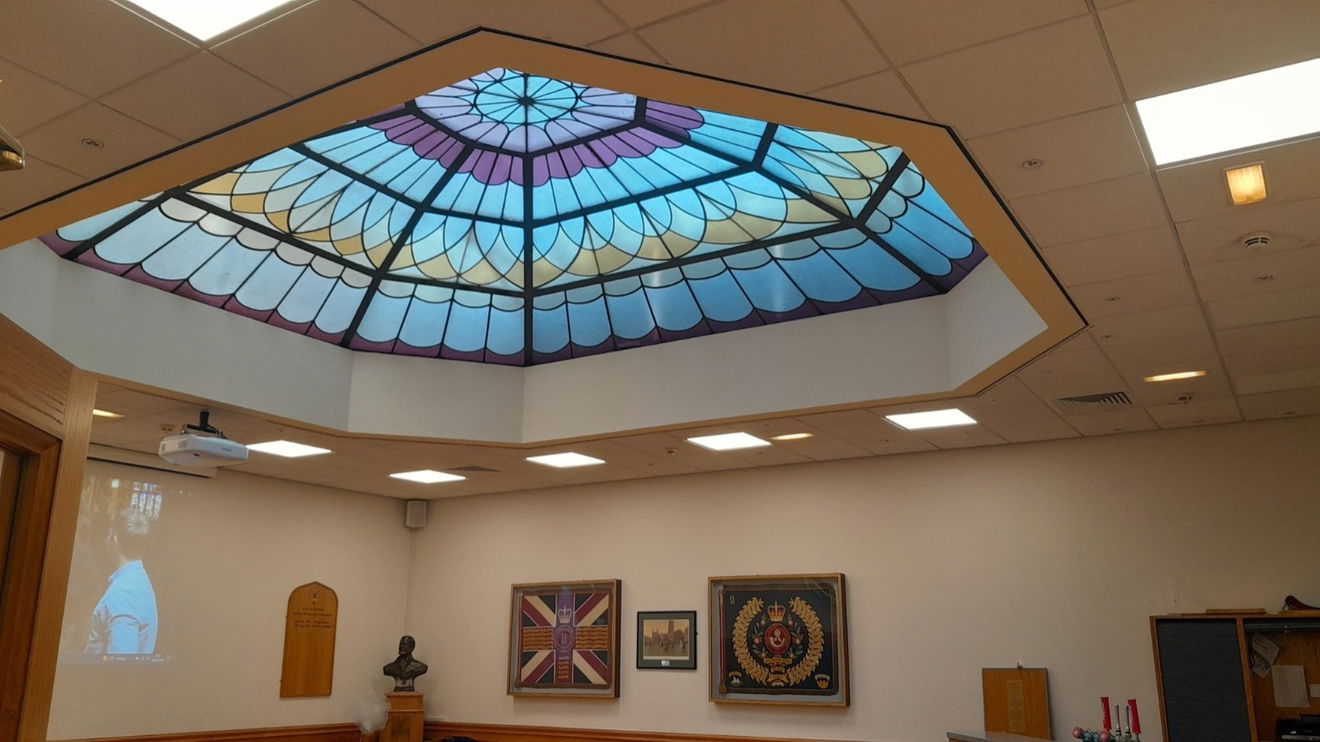
The Lantern Room is used as a reception/bar for events, so whilst you wait have a look around The Bust of Captain Richard Wallace Annand (1914 to 2004) stands proud. He was the first recipient of the Victoria Cross in the Second World War for the British Armed Forces. He was 25 years old when he held off an attack using grenades on his own and again after being wounded.
He also rescued his Batman Joseph Hunter in a wheelbarrow, all in the same night. Full details can be read with trepidation on Wikipedia (or other sources) and there are remarkable accounts of his life after the war. At the age of 64, he had no hesitation to dive into the cold and polluted River Tyne to save his wife after she had fallen from a gangway. There is also a statue of him in South Shields Town Hall, which was his hometown.


There is some splendid embroidered work of Durham Light Infantry's quests, Notice Afghanistan of 1839? Many, as Leigh said would think this is an error, but Affghanistan was spelled like this back then.

Tucked in the wall is the bell from HMS Invincible. It was an aircraft carrier and was instrumental in The Falklands War of 1982. It was adopted by Durham in 1984, and the ship was granted freedom of the city In 2001.
HMS Invincible was on a goodwill visit around the country and was anchored at North Shields in 2001. The mayor of Durham at the time, George Wharton was offered use of the ship to hold the annual Mayors Ball and the event was a huge success.
There were several ships named Invincible and you can see their active excursions on a plaque in the fireplace in the Great Hall. It is a great disappointment that this Invincible was sold for scrap in 2011.
Look at the bell's reflection and you will see the names of children engraved. They were christened on board and the bell was used as a font explained Leigh.
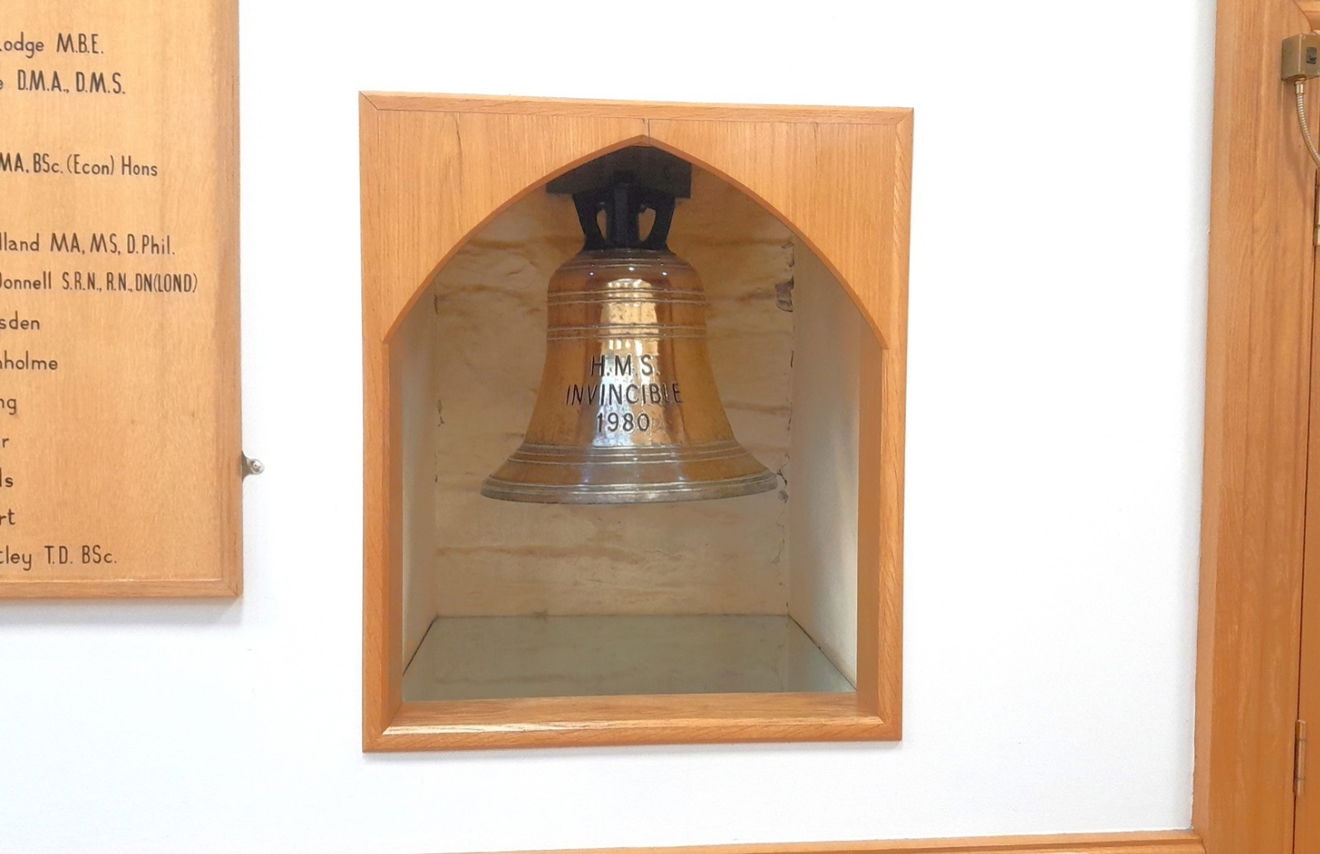
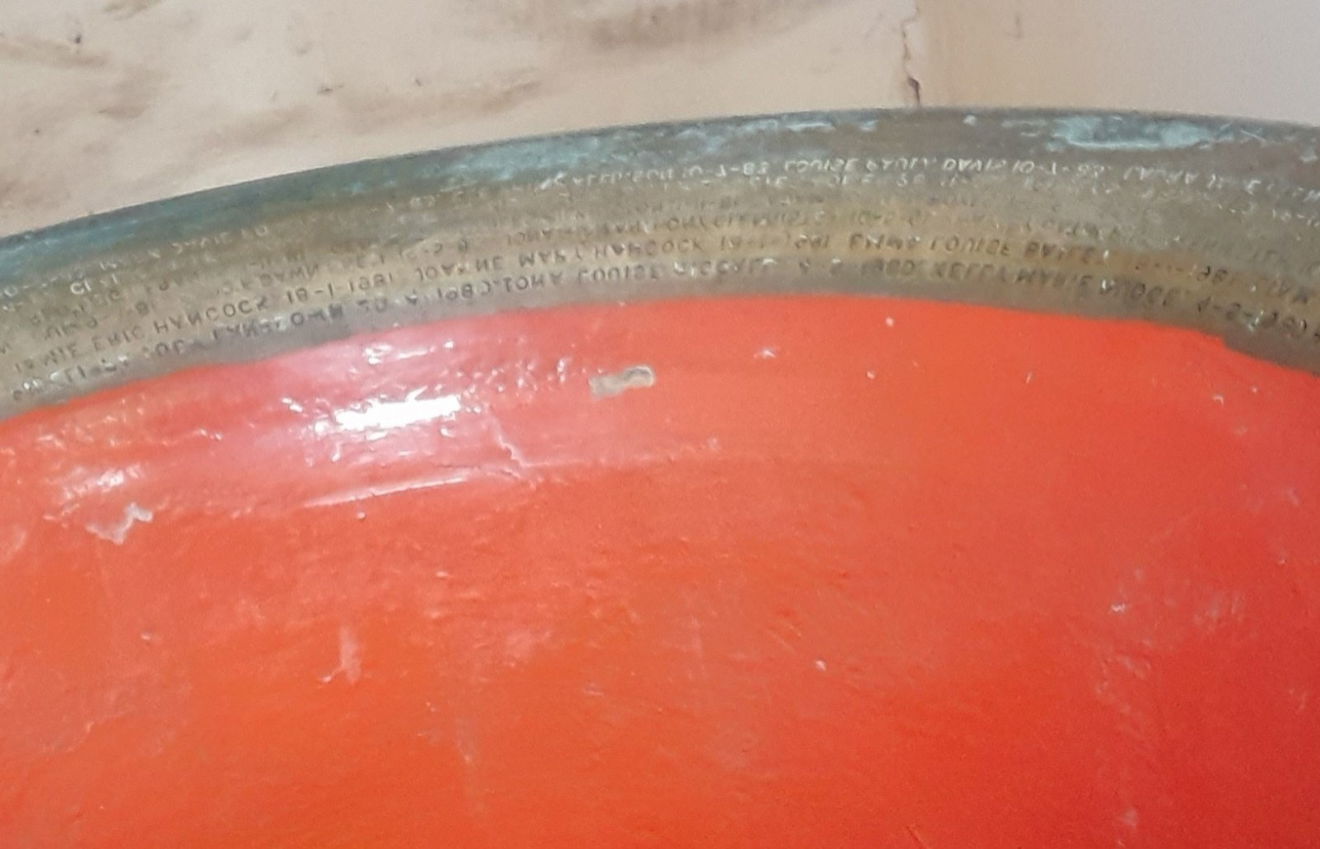
The hallway is called The Crush and it is believed its name was derived from the throng of people that would be attending various meetings and gatherings here.
There is a bronze statue which is a lifesize of Józef Boruwlaski (1739 to 1837) who grew to 39 inches tall. He was born in Poland where he was employed by the court as he could play and had a miniature violin. He could also dance whilst playing the guitar and Jozef entertained with tales. It was fashionable for the Royal Courts to have Dwarves for entertainment and Mr Boruwlaski was a bonus as he was cultured and could hold an intelligent rapport.
He toured much of Europe such as Paris, Vienna, and Warsaw.
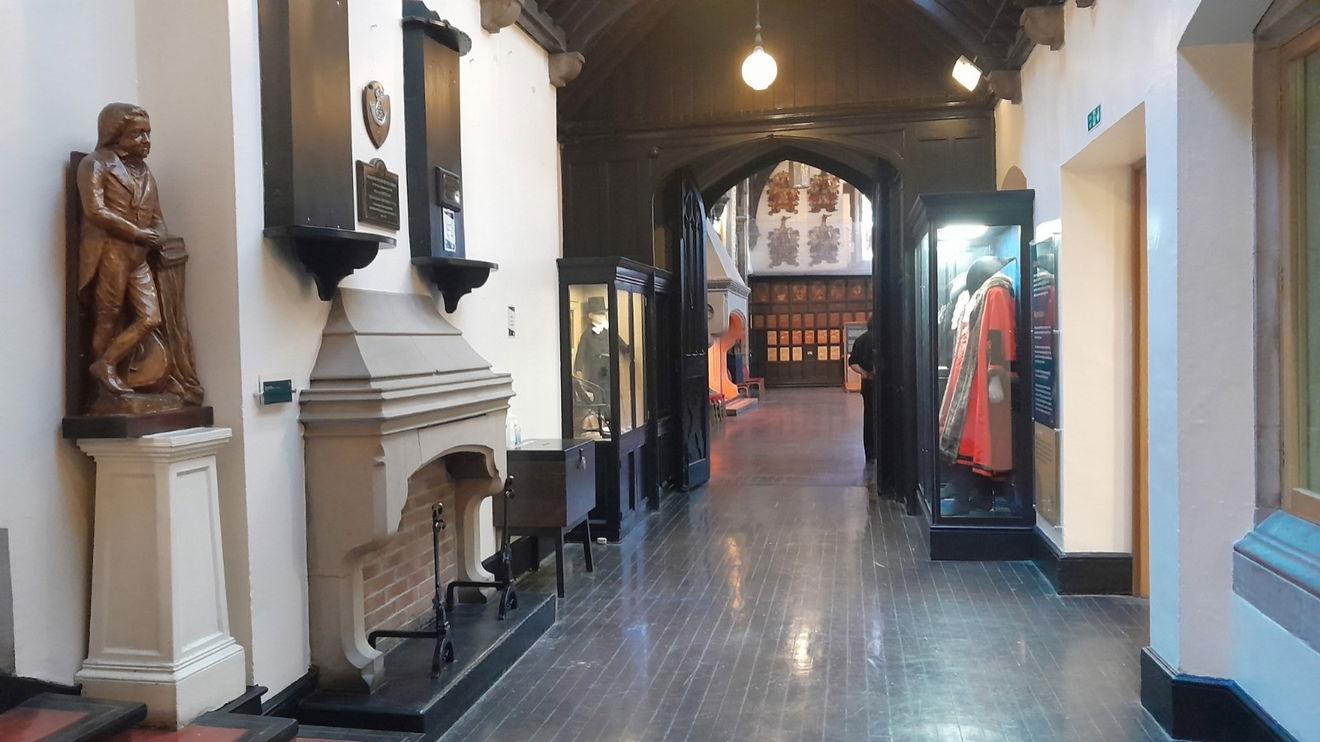
His marriage produced 3 children, but was marred with arguments and it is purported his wife would pick him up and leave him on the mantelpiece. His family deserted him, and he came to settle in Durham in 1791 and was known as Count Boruwlaski. It amuses some to think The Counts House was his.
The display cabinet has some of his artifacts including his tiny wedding ring which Leigh pointed out.
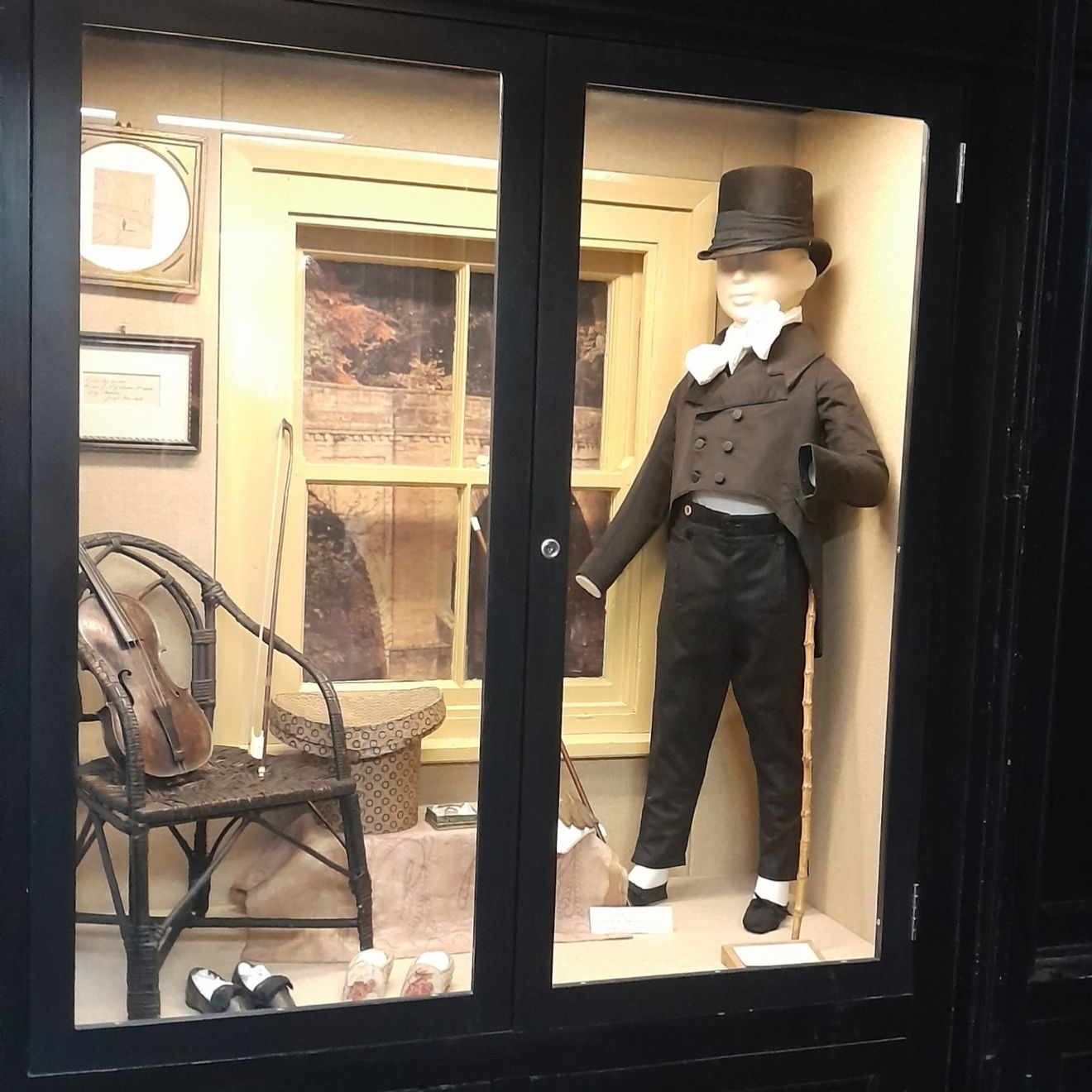
The Grand Hall is stunning. Everywhere you look there is something to behold. I would suggest taking binoculars and allowing time so that your eyes adjust to the light levels. The first thing you might do is gaze in wonder at the stained glass window. It was designed to enlighten the viewer of Durham's loyalty to the crown, Durham's cathedral and the relationship between Prince Bishops and the city.
The netting unfortunately is required as some of the plaster on the wall falls off.

In 1849 Mayor William Henderson (1813 to 1891) employed the London architect of repute Philip Hardwick. They removed the large 16th-century "mouldering honeycomb stone" house that the Nevilles had owned. It had also been Mr Henderson's carpet factory. Hardwick set about building the Town Hall and the piece de resistance is the medieval hammer-beamed ceiling made from oak which is modelled on Westminster Hall in London. There are many carved intricacies, and heavenly figures bearing the shields of the guilds.


Most of the paintings are of Mayors or dignitaries of Durham. There are a few exceptions; Sir Robert Peel, which Durham was proud to celebrate his achievements. The poet Robbie Burns 'Because no one else wanted this portrait' joked Leigh. He had lived in nearby Seaham for a period, so may have visited Durham. The portrait of Hamlet I believe is the actor John Philip Kemble who was the older brother to Stephen Kemble (1758-1822). Stephen was known for playing Falstaff and comedy parts in his acting career. He was very tall and a friend of Józef Boruwlaski. They were quite a sight together and Stephen would often carry Józef on his shoulders to stop the youngsters from pulling the Count's long hair.
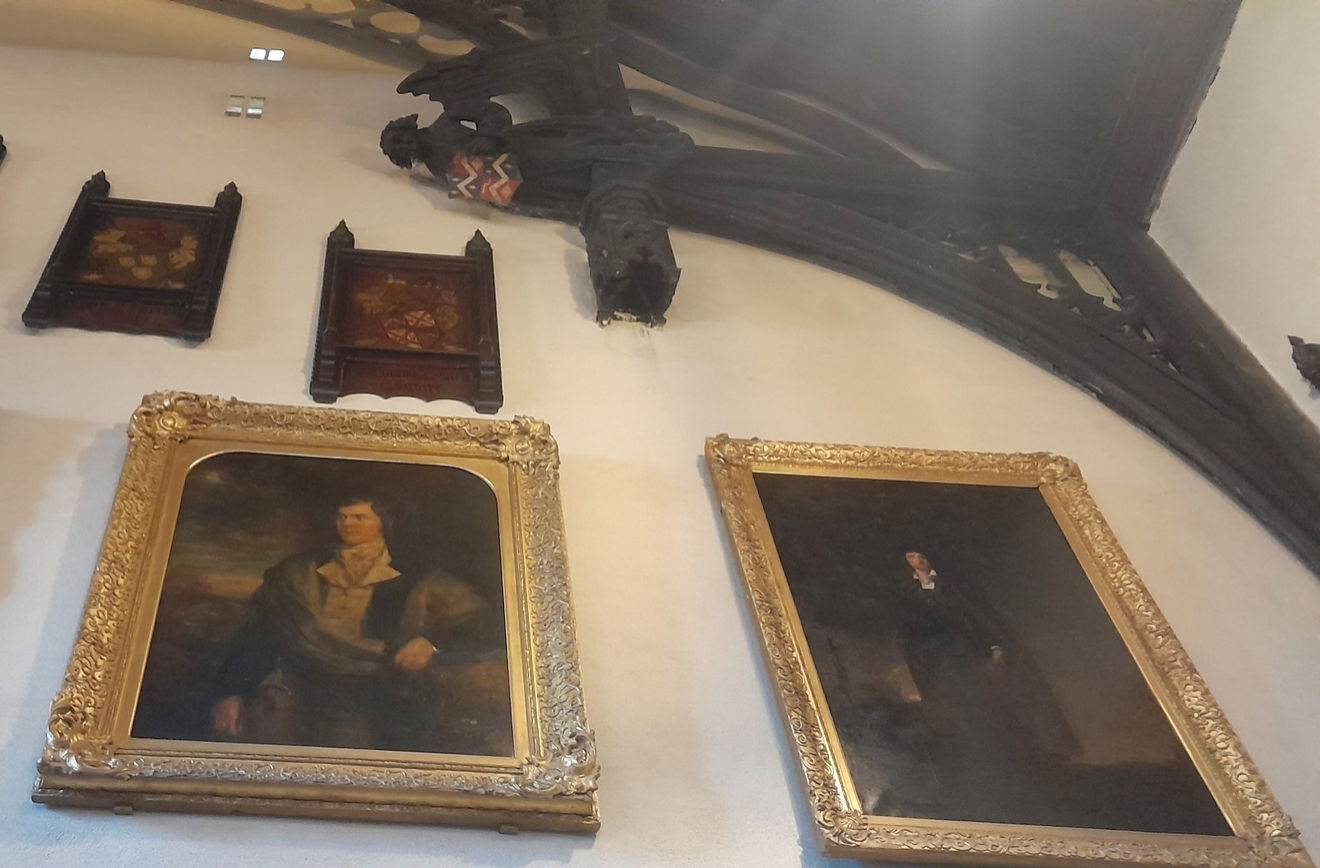
The Hall was opened in 1851. Curiously though the plaques that mark the Mayors and Freemen of the City date from 1836. Privileges that remain today for freemen include the right to have a market stall free of charge, to hold meetings in the Guildhall and the right to herbage on the Sands which is on the riverside. I wonder which of these were used by Bishop Desmond Tutu, author Bill Bryson, and football manager Sir Bobby Robson who were appointed Freemen.
You will notice that the colour of these plaques changes with the timeline. Leigh suggested it was due to all the heavy smoking that went on during meetings. Pipes were popular back in the day. Also, the big Prudhoe stone fireplace may have chuffed out a fair amount of smoke.


The first thing you may notice about the Mayors Chamber is that padded door. It could have been so that no secrets would be leaked out of this important meeting room?
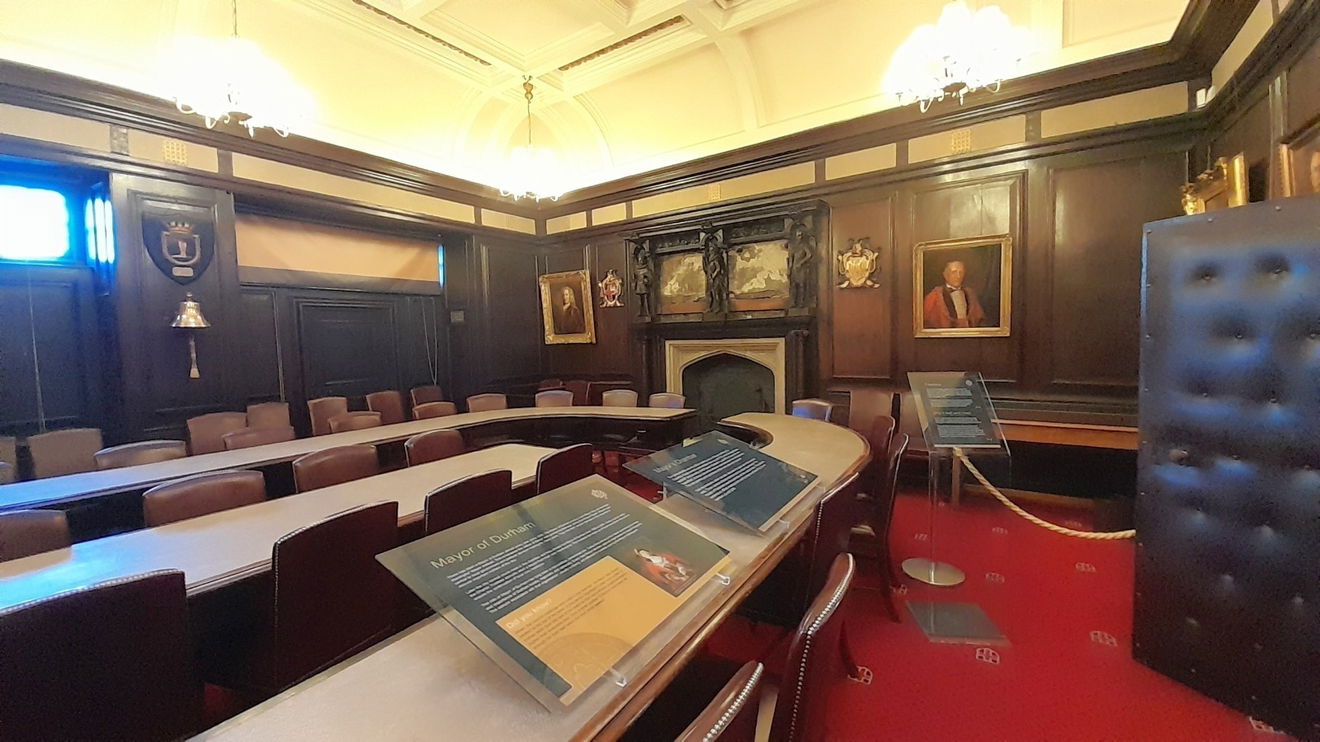
Originally it was an austere room with plain stone walls. In 1752/53 The MP and sometimes Mayor George Bowes of Bowes fame had the ceiling raised by 3 feet and it still looks aesthetically pleasing. The walls were oak-panelled. There is a coat of arms above the door proclaiming the transformation.
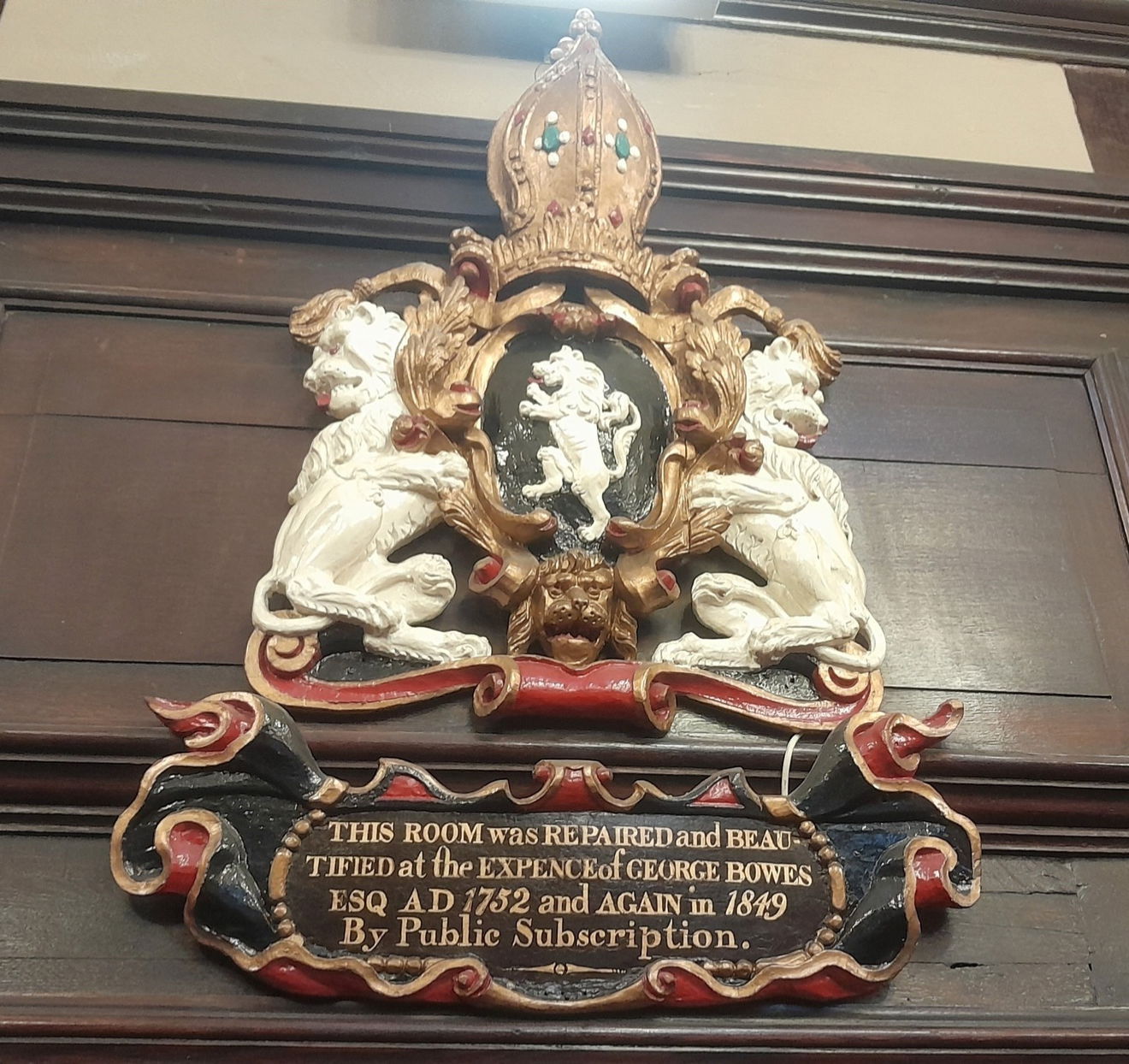
The Jacobean fireplace came from a bedroom at the Hatfield College on The North Baily. It should have portraits of King Charles I and Queen Henrietta Maria, which have gone for restoration. It does however have three finely carved figures.
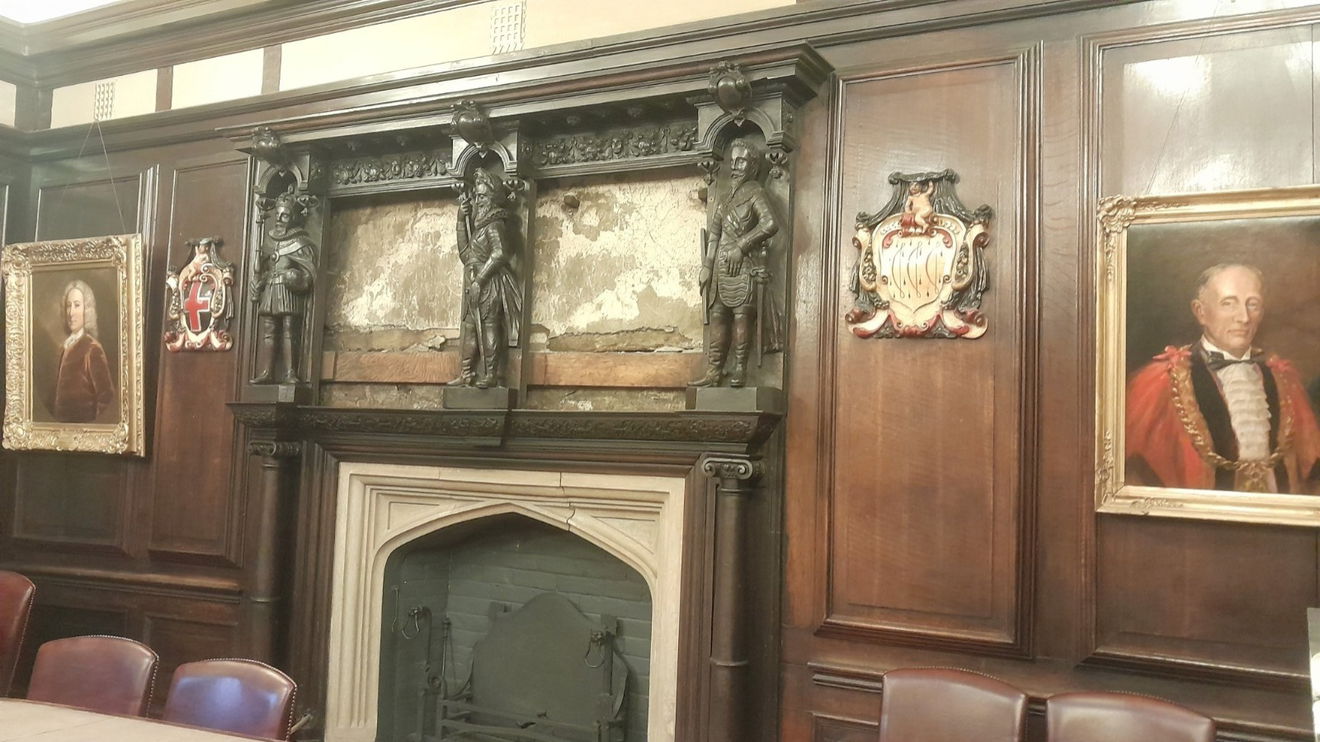
Another bell hangs on the wall, and it is not for knockouts! It came from the destroyer HMS Witherington which the City adopted in 1942.
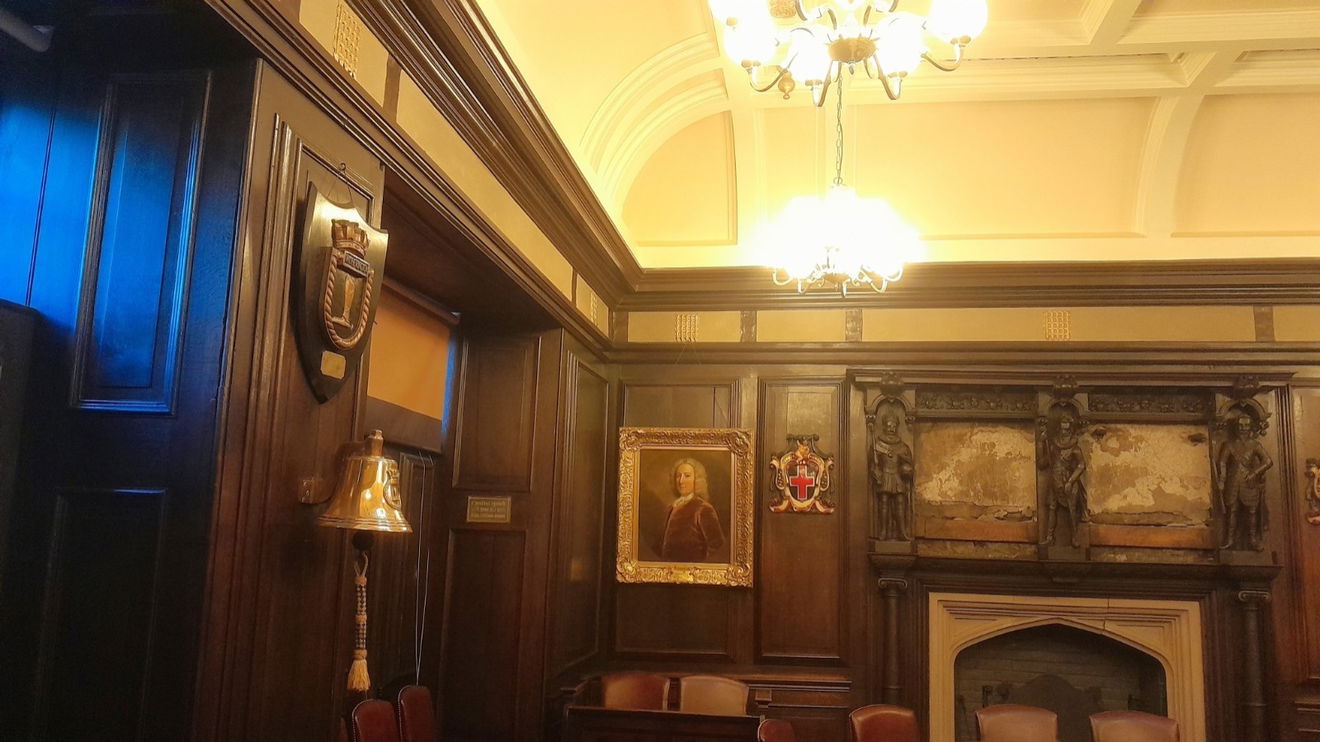
There have been rumours about there being tunnels in or under the building, so in 2012 a request under 'the request for information bill' asked if there was any truth in the myth; Here is some of the reply from Durham County Council:
'The only thing beneath the Town Hall is the old prison cells (now the boiler room) and a series of vaults which underpin the building and raise the sharp decline towards the river to pavement level The panels at the rear of the Mayor's Chamber lead to vennels, which run along, between the Town Hall and the building next door. They are accessible via the hinged panels at the rear of the room and are about the width of a person should they enter side-on.
We have no secret tunnels leading from the Town Hall to either the Cathedral or the Castle'.
Can you see the door to the vennels? In a future post, you may see it from the Market Hall side.
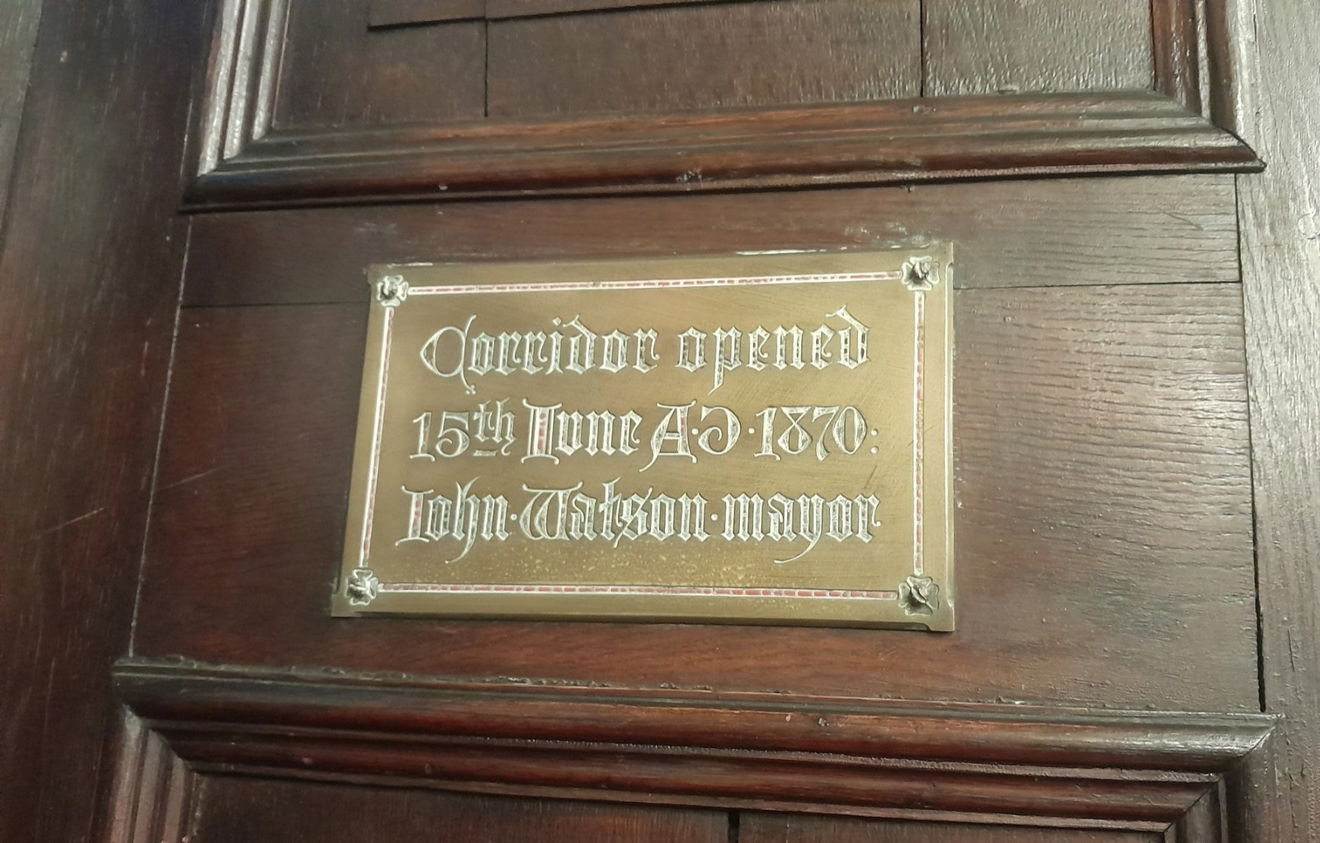
The Guild Hall (or Guildhall) dates from the 14th Century and the Trade Guilds and Freemen of Durham would meet in the Guildhall, a tradition they continue to this day.
From medieval times the annual parade of the guild's banners would take place on Corpus Christi (60 days thereabouts after Easter) They would head up to the Palace Green and perform religious plays for the prior and monks. Could this be a precursor for the modern-day Miners Parade?
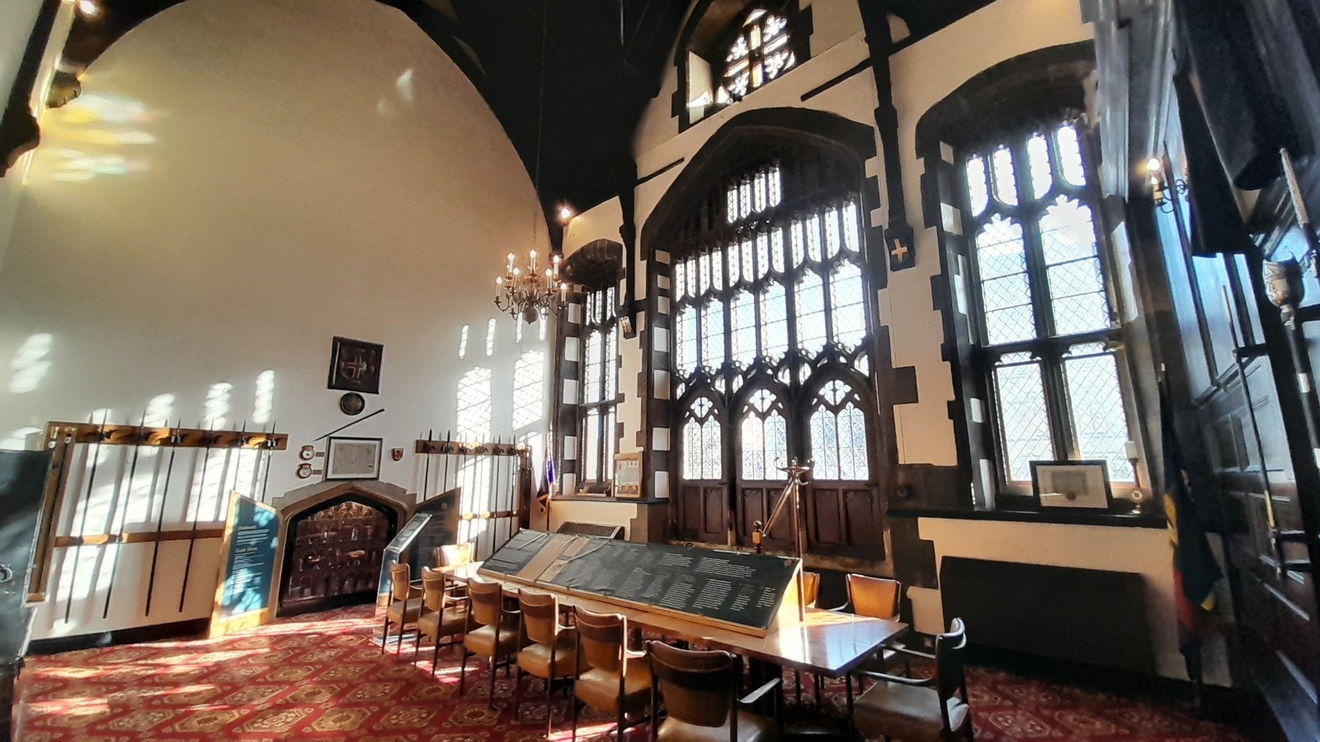
Look for the round stained glass window and see how it reflects on to the wall, which was pointed out by Leigh.


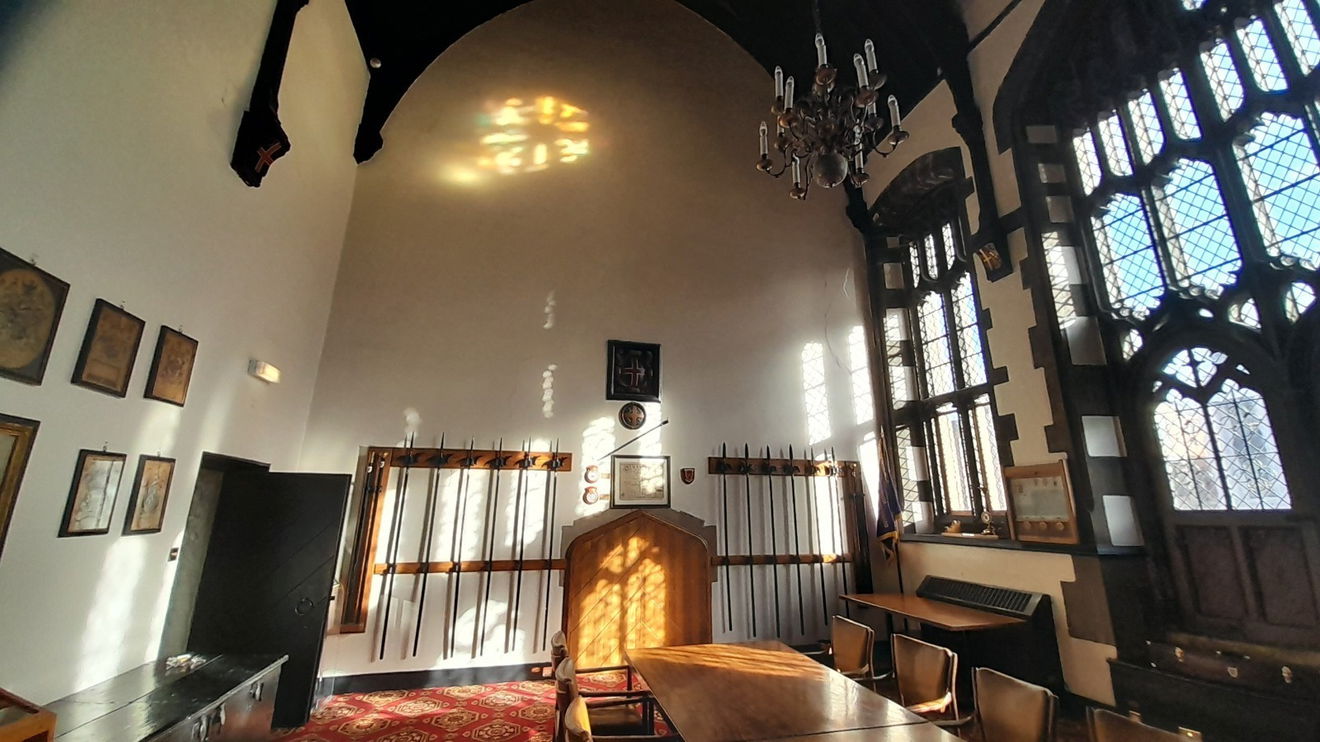
This was once a court and prisoners could be brought up from the cell below for their trial. The cell below is now the boiler room.


The 19th Century Burlison Gallery has an eclectic mix of paintings by Clement Burlison (1815 to 1899), a local Victorian Artist. some are reproductions of works by Turner, Raphael, and Titian. There are paintings of local scenes and the Market Place one shows where the statue of The Marquis of Londonderry III originally stood.
I think Mr Burlison was responsible for the 3 enigmas in the Grand Hall.
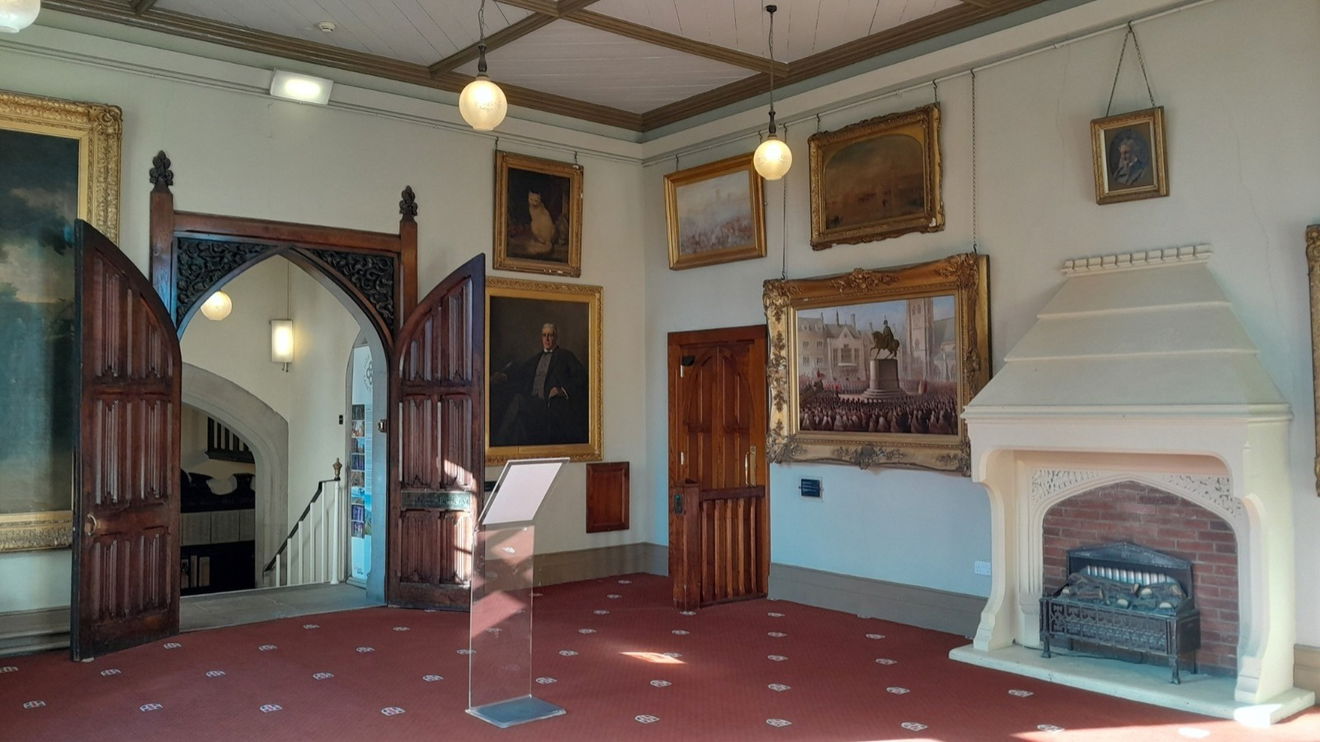
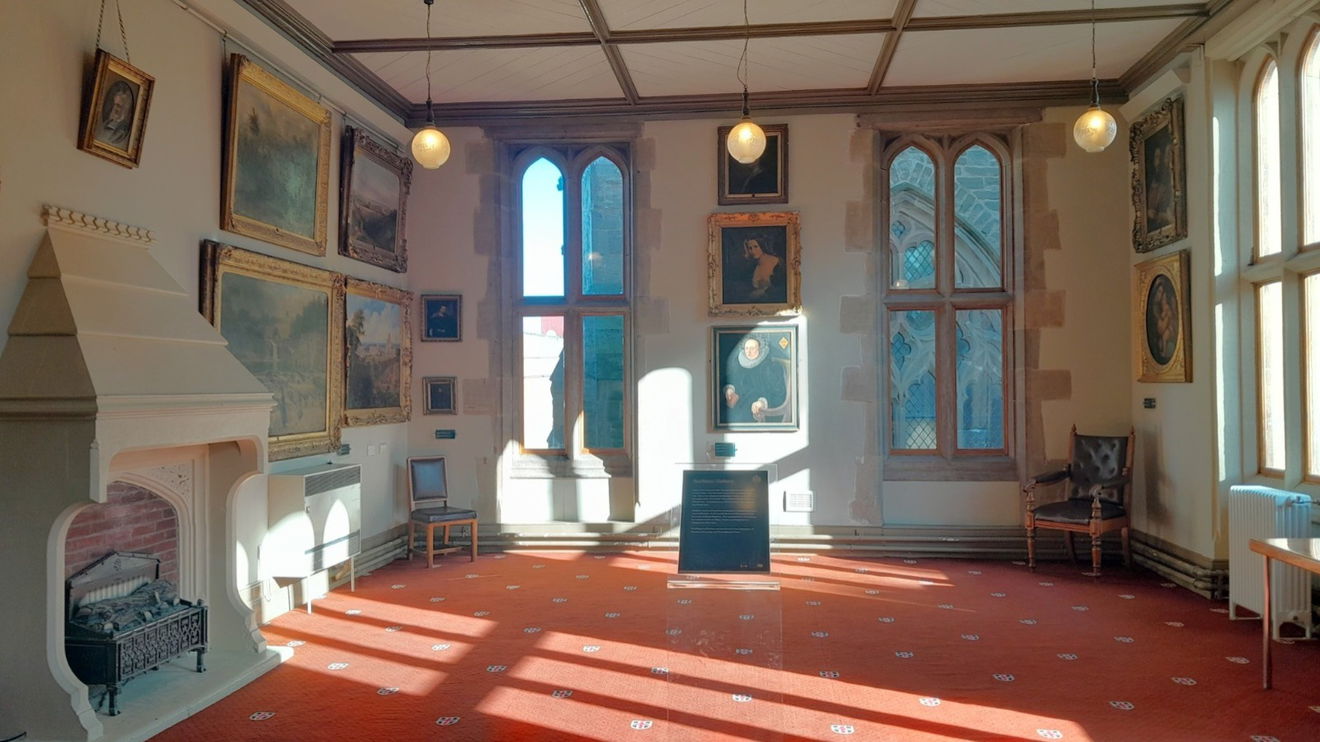
Ask a guide or procure a guide book and it is worth a small donation to visit. You should notice how quiet it was inside when you return outside to the busy market place.
Get 3 points if you have visited this place. Already visited by 63 VIPs.
Login to the VIP area to add places to your bucket list, mark them as visited and more importantly see where you rank on the league table.
How To Find Durham Town Hall
Where Is Durham Town Hall?
Lat / Long
54.777342, -1.575547
What three words
Where To Park For Durham Town Hall?
Lat / Long
54.777073, 54.777073
What three words
Prince Bishops Multi Story is the closest car park. There are other options all over the city if you are prepared to walk and you will see plenty of other delights en-route.
Contributed by Rosalind Parker
Thanks for reading through and getting to the end of this post. I enjoy exploring the Fabulous North (Especially as a Southerner residing up North). I like 'snippets' of information, and more so, if they are obscure, amusing or meaningful. The photographs are taken on a mobile phone, without any enhancements.
More Places from Rosalind
More Places In Durham
Find more fabulous places in Durham, County Durham and if you know of a place we haven't listed, then let us know.
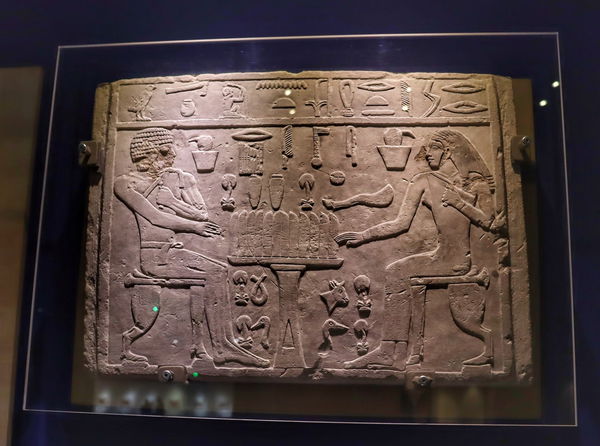
Oriental Museum
Museum Durham County DurhamA museum containing collections from cultures and histories of northern Africa to Asia including more than 30,000 objects of art, textiles, ceramics, and manuscripts.
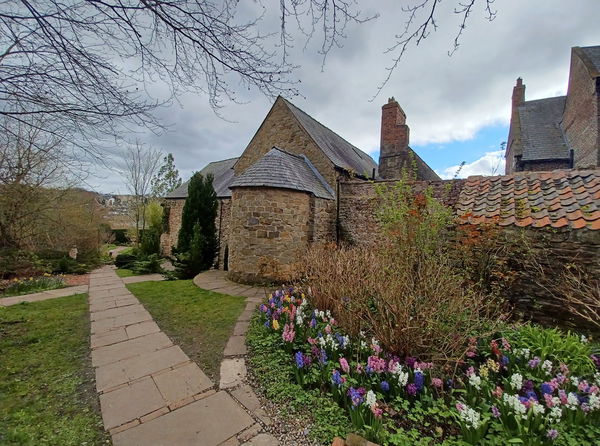
Crook Hall Gardens
Building Durham County DurhamSmall National Trust site with medieval hall dating back to the 13th century.
More Buildings
So this building wasn't enough and you want more? Don't worry we have you covered.

Shildon Engine House
Building Blanchland NorthumberlandThe remains of a 19th century engine house, later transformed into flats and known as 'Shildon Castle'.
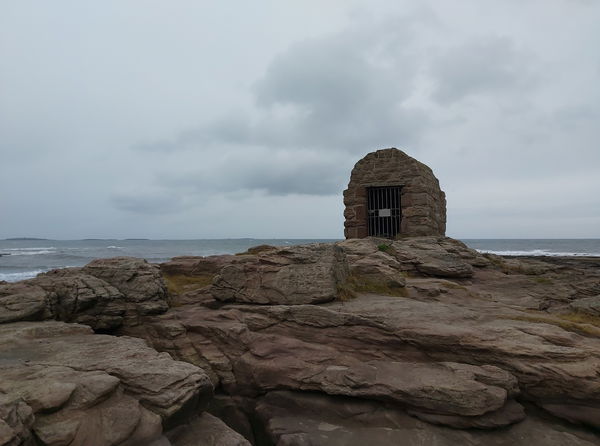
Gunpowder House
Building Seahouses NorthumberlandA small stone building used to store the explosives during the construction of the seahouses pier and harbour.

Crook Hall Gardens
Building Durham County DurhamSmall National Trust site with medieval hall dating back to the 13th century.
Never Miss A Fabulous Place
If you are afraid of missing out on all the fabulous places we post, or just want to be the first to know, then sign up to the Fabulous North.
Each week we will email you all the brand new places that we visit.
Sign Up To AlertsFind Us On Facebook
We post all our new places daily on our Facebook Groups page, so join the group today and be notified when we add a new place.
Join Our Facebook GroupDurham Town Hall was listed in Building // County Durham // Durham


